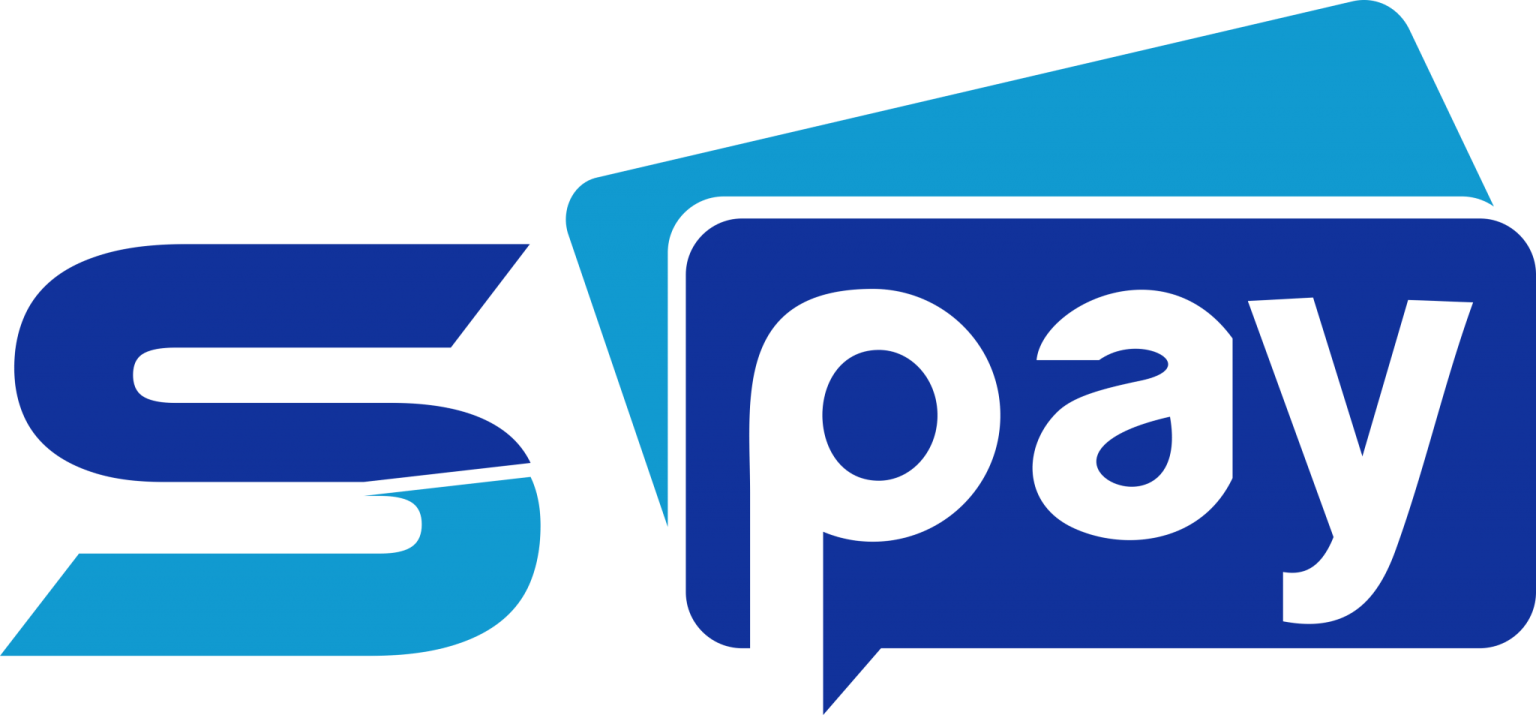The growing online activities like selling and purchasing goods and services have reformed the eCommerce industry and opened unlimited opportunities for entrepreneurs worldwide. As the eCommerce world is growing, we cannot stay away from the fact that with suitable options, it has invited online fraud and theft practices also. With this, the online payments system security is becoming the most concerning issue. Protecting the customer’s data against cybercrime and theft has become a crucial and essential task for many business owners. It is critical to take full security measures for business owners to keep businesses and customers safe from the risk of accepting and delivering online payments. When a consumer trusts an online business with their data and money, the seller’s responsibility is to sustain that and offer them a secure and flawless buying experience. However, secure payment fraud is increasing, and merchants and customers must be aware of it. Let’s explore and learn more about payment security.
What Is Payment Security?
Payment security includes all the essential steps that every business owner needs to take to ensure their customer’s security which involves the safety of their database, money and any other personal information. Another reason to secure online payment gateway is to avoid unauthorized transactions and data breaches. However, the most critical aspect of payment security includes following protocols such as PCI compliance and 3-D security.
Payment security has numerous layers and different needs depending on the nature of the business. If we consider an eCommerce business that does not seem to slow down, it is essential for credit card issuers and their customers to enforce strong payment security. Numerous layers of payment security are needed to protect and secure the business from processing fraudulent transactions. Compliance plays a vital role in how payment security is created and implemented. Let’s understand how one of the most common standards produces payment security requirements.
Payment Security and PCI Compliance:
Payment Card Industry Data Security Standards is a standard that focuses on making payment security consistent globally. Any business that processes, transmits, or stores cardholder data must follow the PCI DSS requirements. These requirements define how payment security is implemented and reflect changes in new fraud prevention techniques.

It doesn’t matter how many transactions you process; having the correct payment security in place can help you to pass the PCI compliance and protect against fraudulent transactions in your business. With PCI compliance, you can get the answer to the question that constantly arises in your mind: how do you know when an online payment is secure?
What Are The Different Types of Payment Security?
Under this, the transactions are secured by replacing payment information with casually created strings of characters. These tokens allow businesses to provide customer accounts, set up payments and manage payment settings without handling cardholder information.
Tokens use both private and public keys to work. The public key allows token creation, while the private key lets the merchant issue single or recurring payments. It is a form of payment security that ensures the cardholder information is stored securely and decreases the number of times payment information is transferred over the internet. If you are wondering how to be secure online, tokenization is one of the best practices.
Address verification service (AVS) compares the address provided at the checkout with the known address of the cardholder. The tool verifies whether the address matches the response code issued by the credit card company. Although this is useful when paired with other fraud prevention methods, AVS is limited.
Typos, misspellings, and outdated address information can trigger a mismatch, causing friction for legitimate customers. However, you need to understand that AVS alone cannot guarantee fraud protection, so combining Address Verification Service with any other form of payment security is best.
A Secure Socket Layer is an internet protocol that encodes all communications on a website and is essential for securing web pages that process customer payment information. Customers can see if a website uses SSL by searching their address or verifying that the website address begins with ‘HTTPS’. Nowadays, browsers alert visitors when a site is not using SSL.
The good news is that getting an SSL certificate is easy and affordable. One can set up SSL certificates to secure web applications and exit pages, but renew your certificate before it expires.
3DS is among the widely used forms of payment security that evolves continuously to prevent fraud. The competence of 3DS comes from the information collected during and before exit. Information like IP address, transaction history, and buying amount are all analyzed for risk.
The information is shared among the acquirer bank, the issuer bank and the supporting infrastructure for the protocol. All these parties work together to process the request, provide the risk assessment, and challenge the transaction. This process uses statistical analysis to transform the information into a risk score for each transaction in a few seconds.
The buyer is sent through a series of challenges to provide additional information. The most common challenges include a One-Time Password (OTP) via text or email. However, only suspicious transactions need to go through the challenge flow. However, if the transaction seems risky or there needs to be more information available to validate the transaction.


